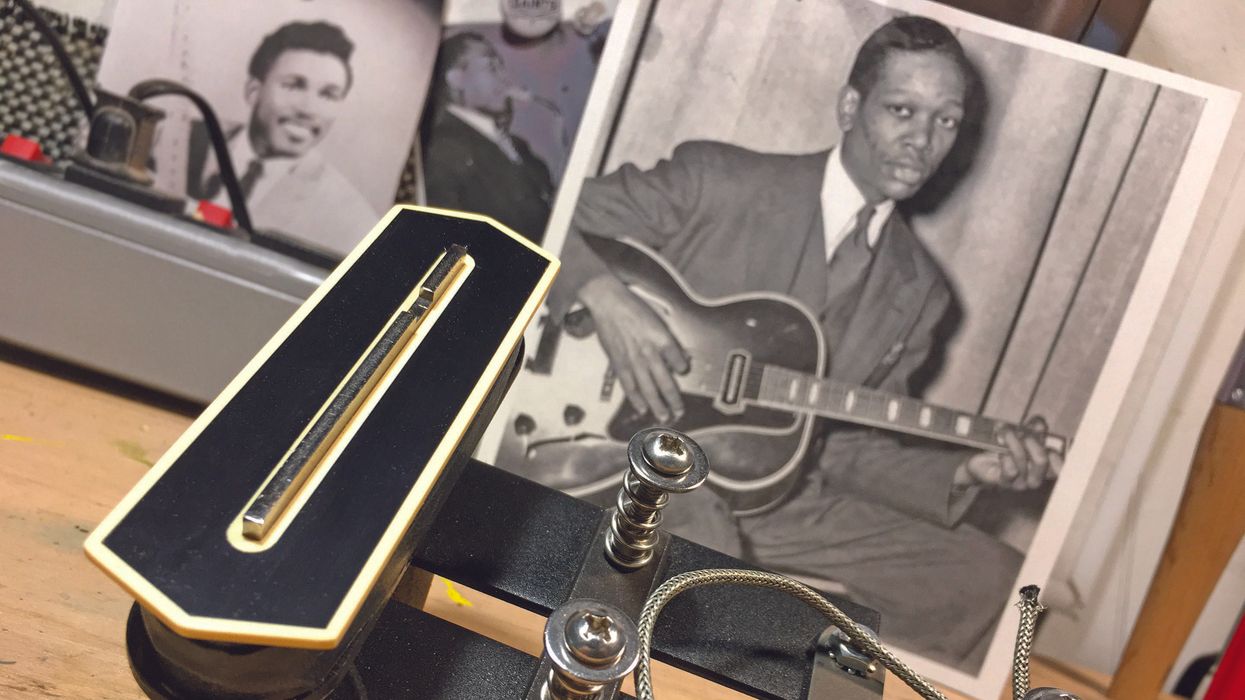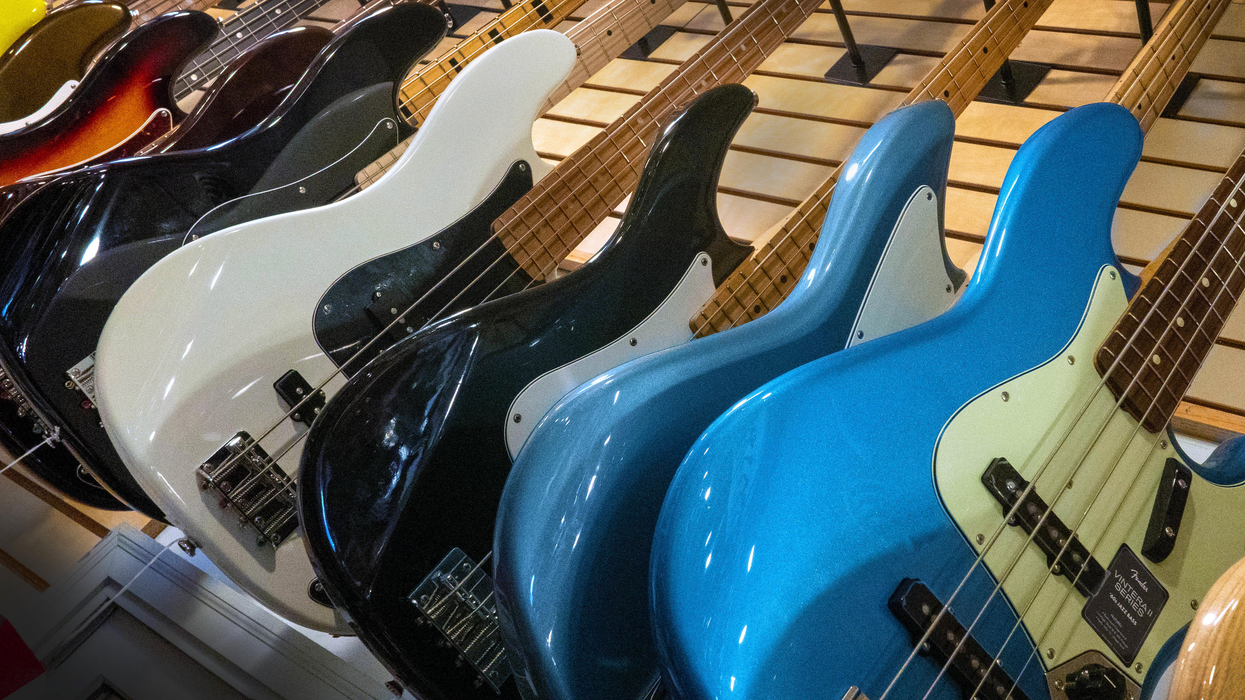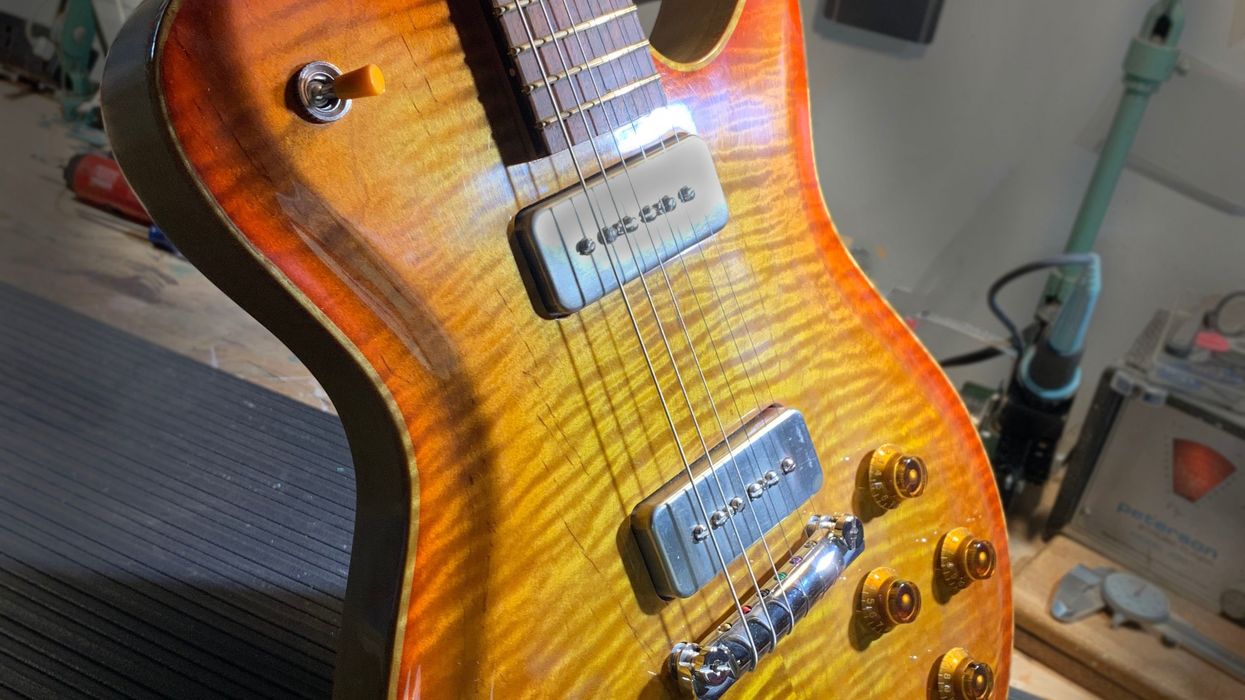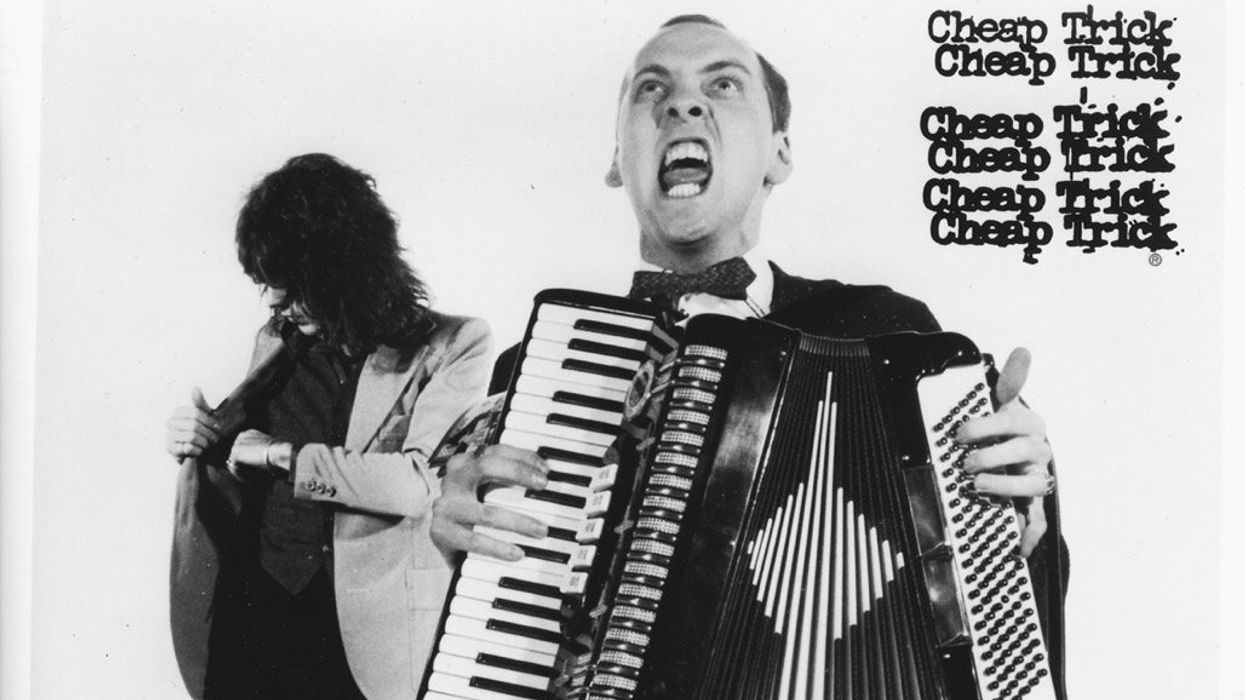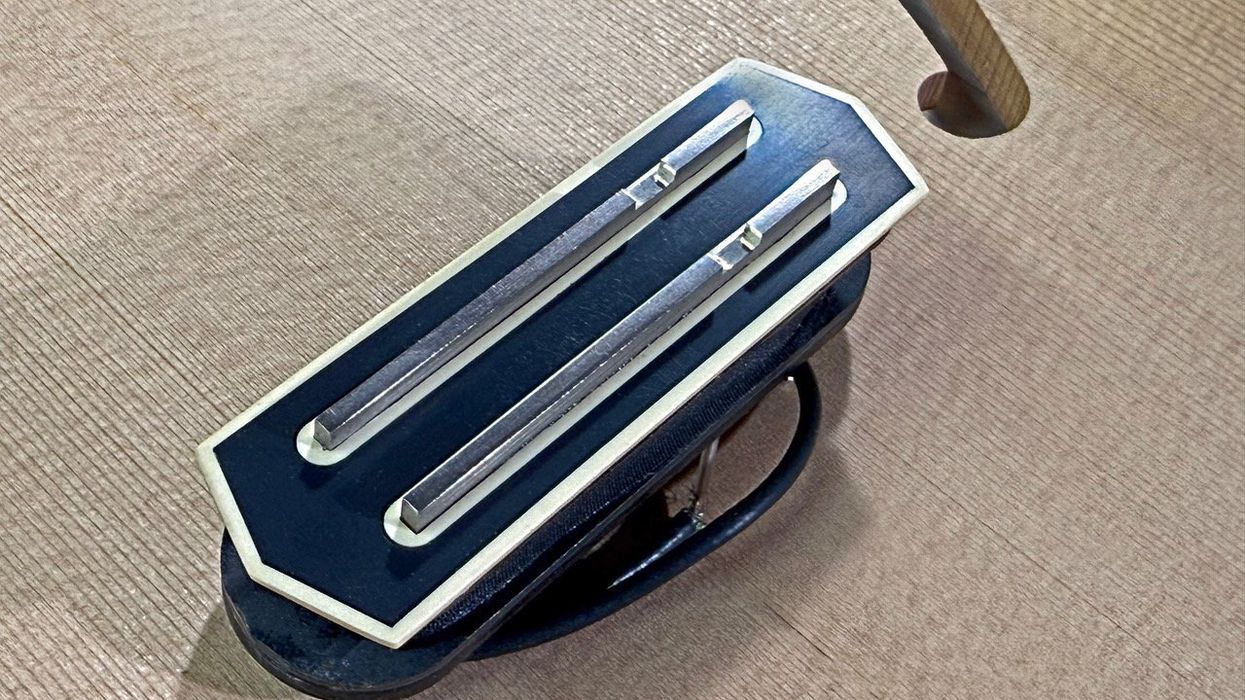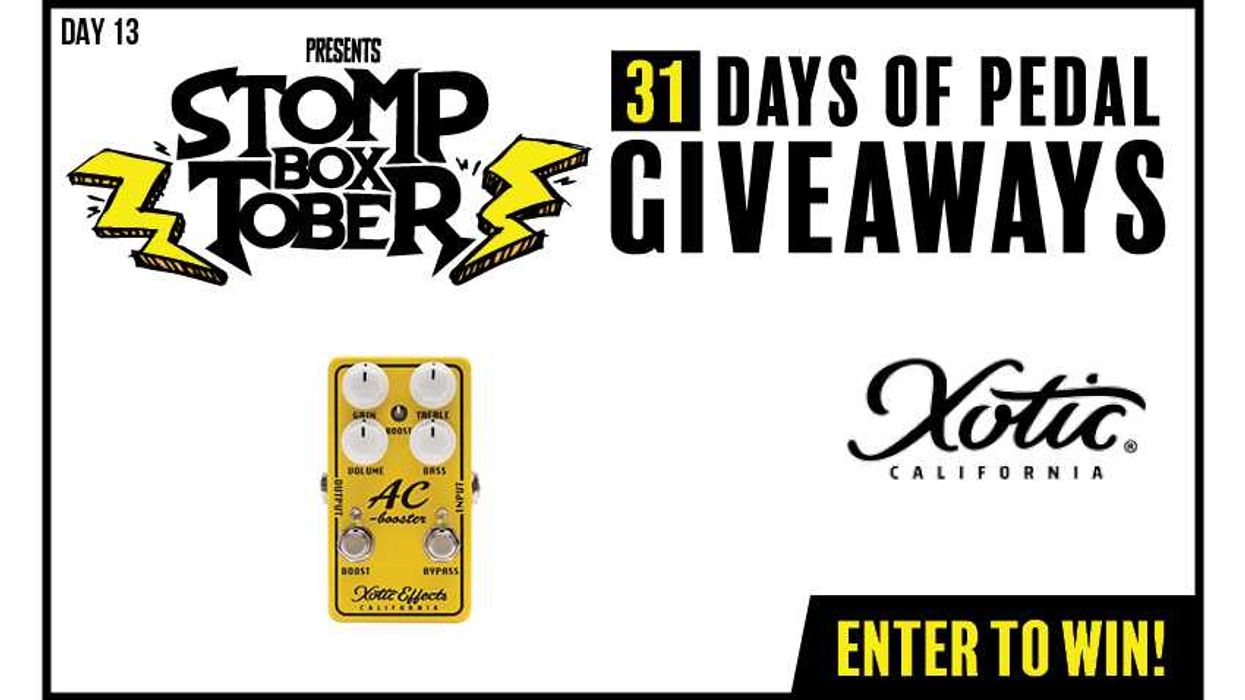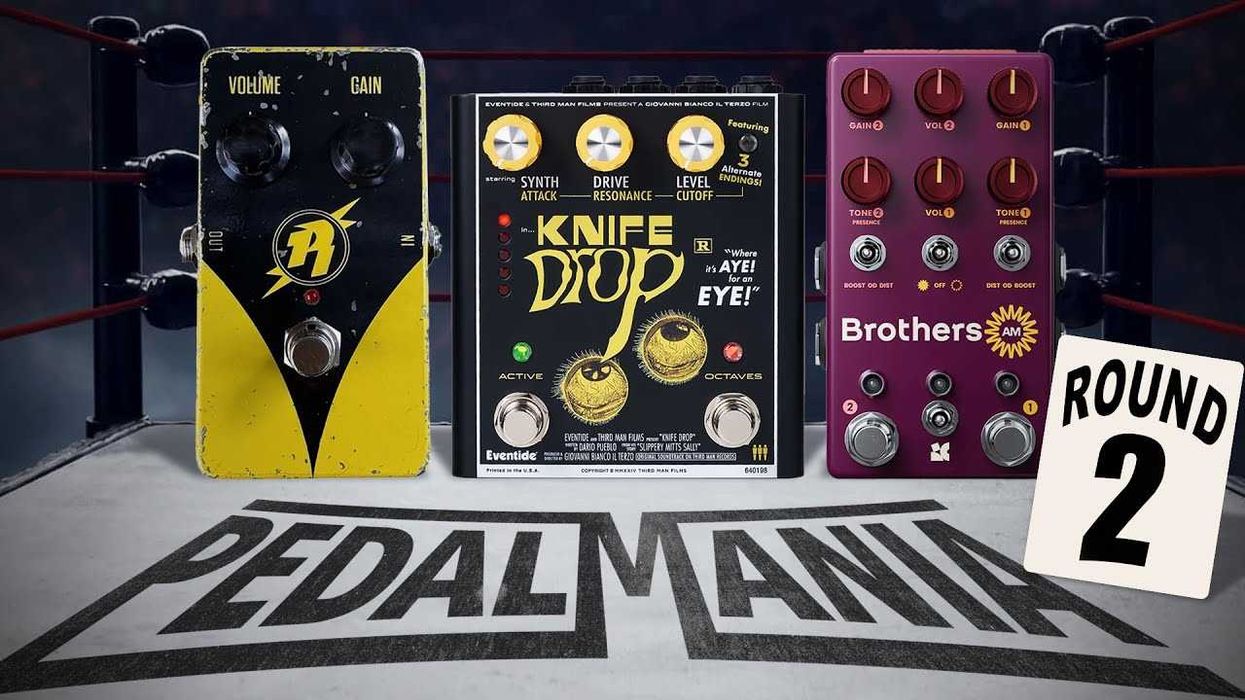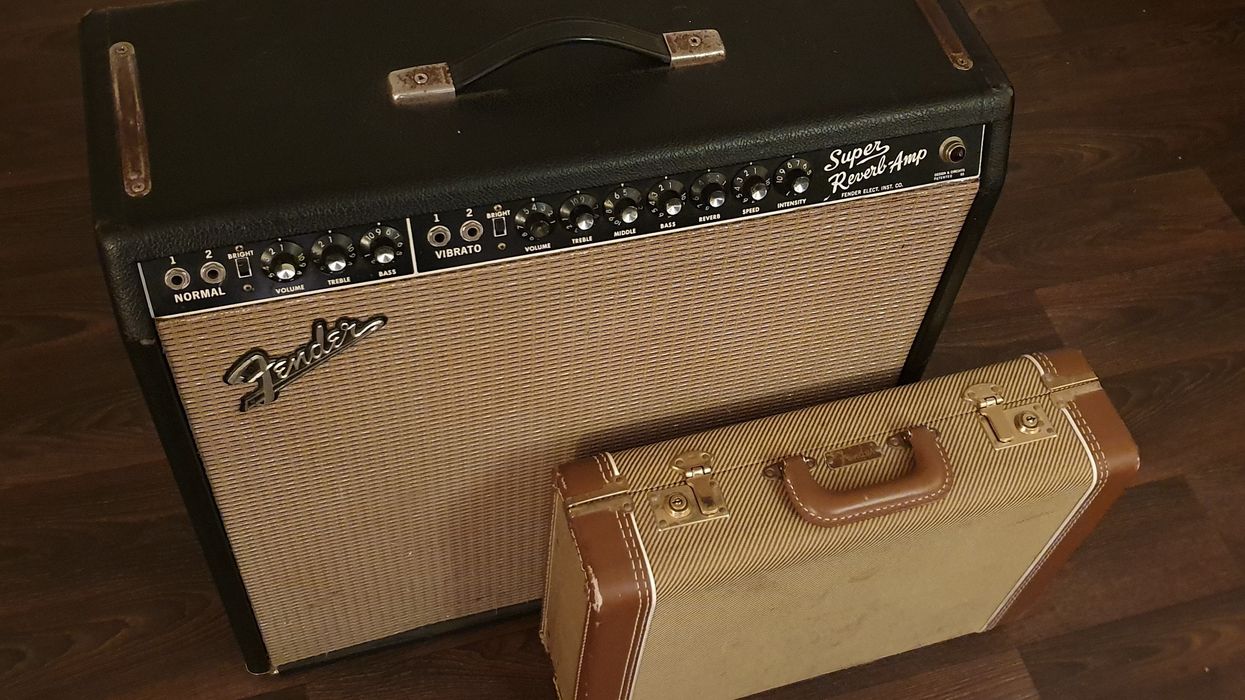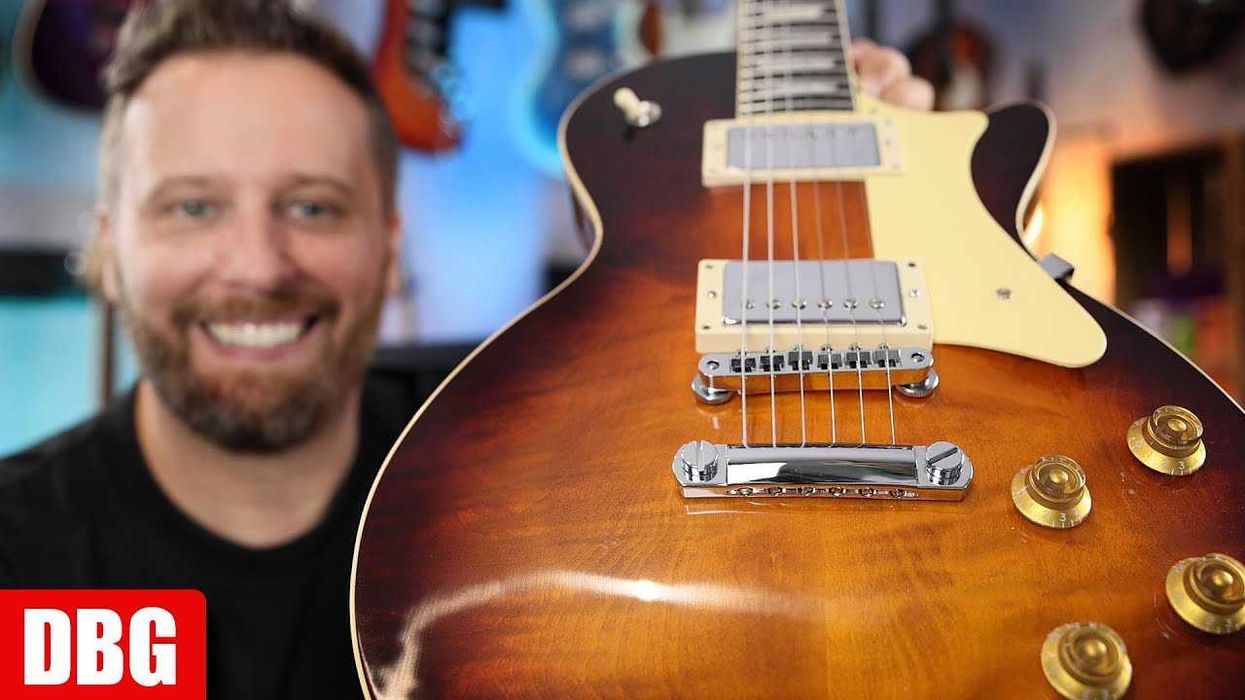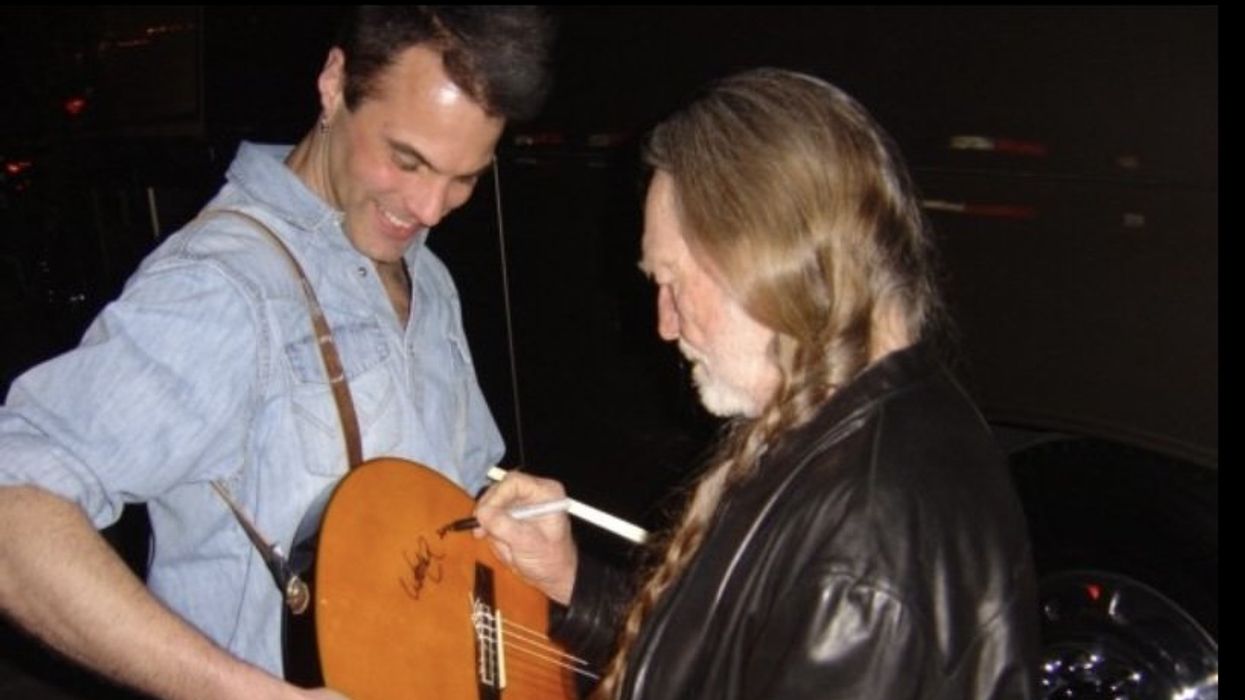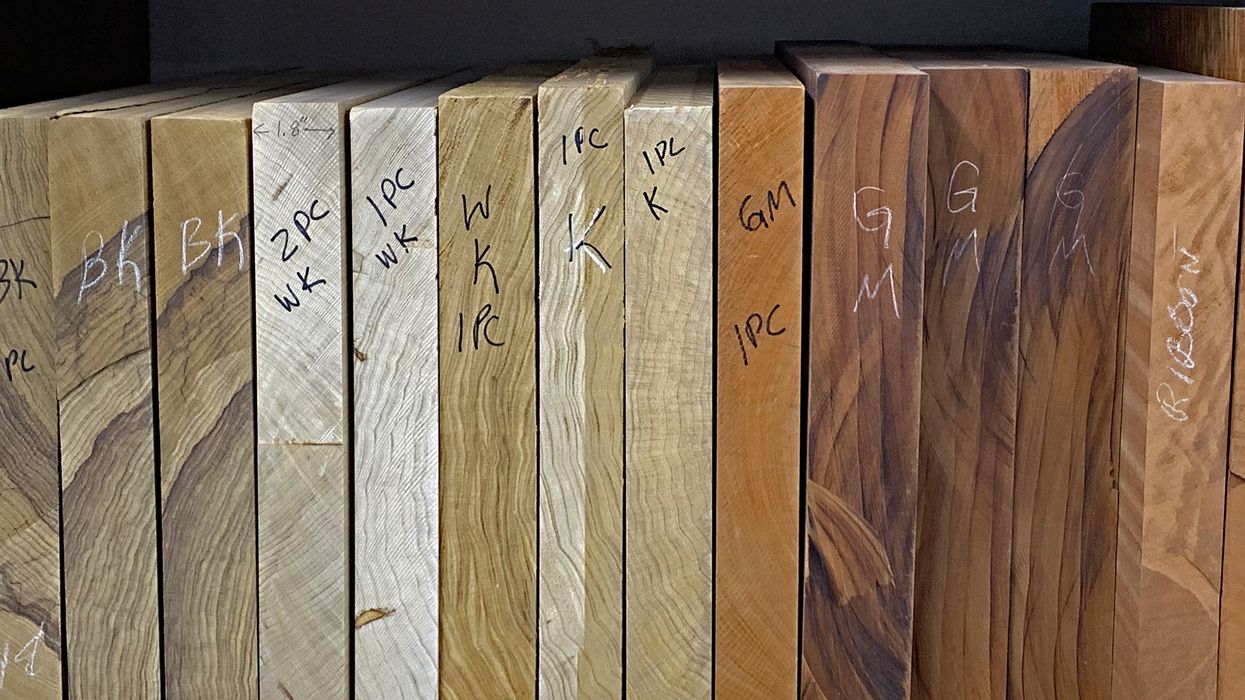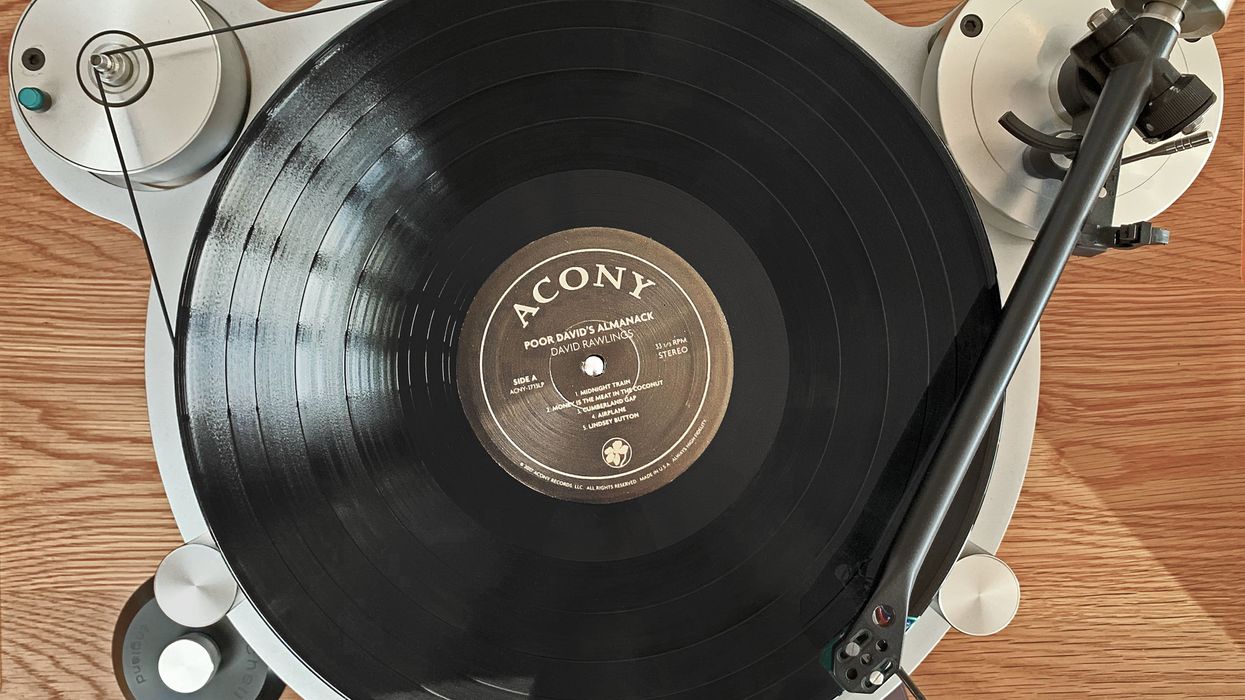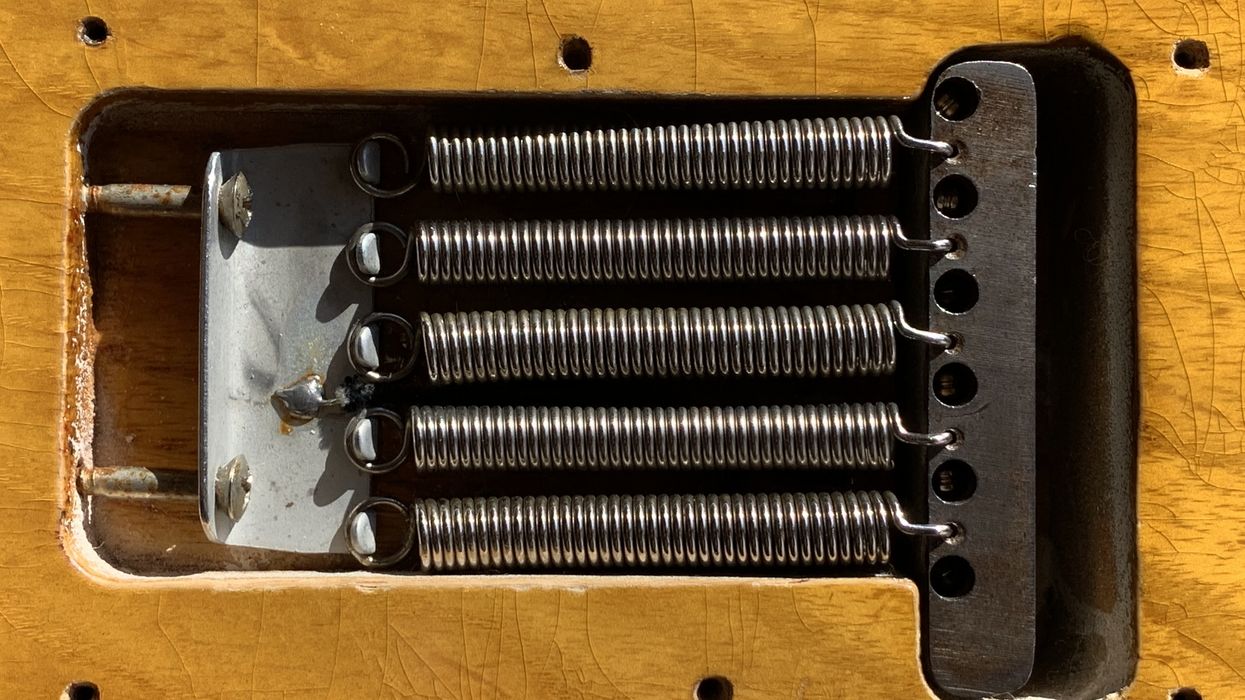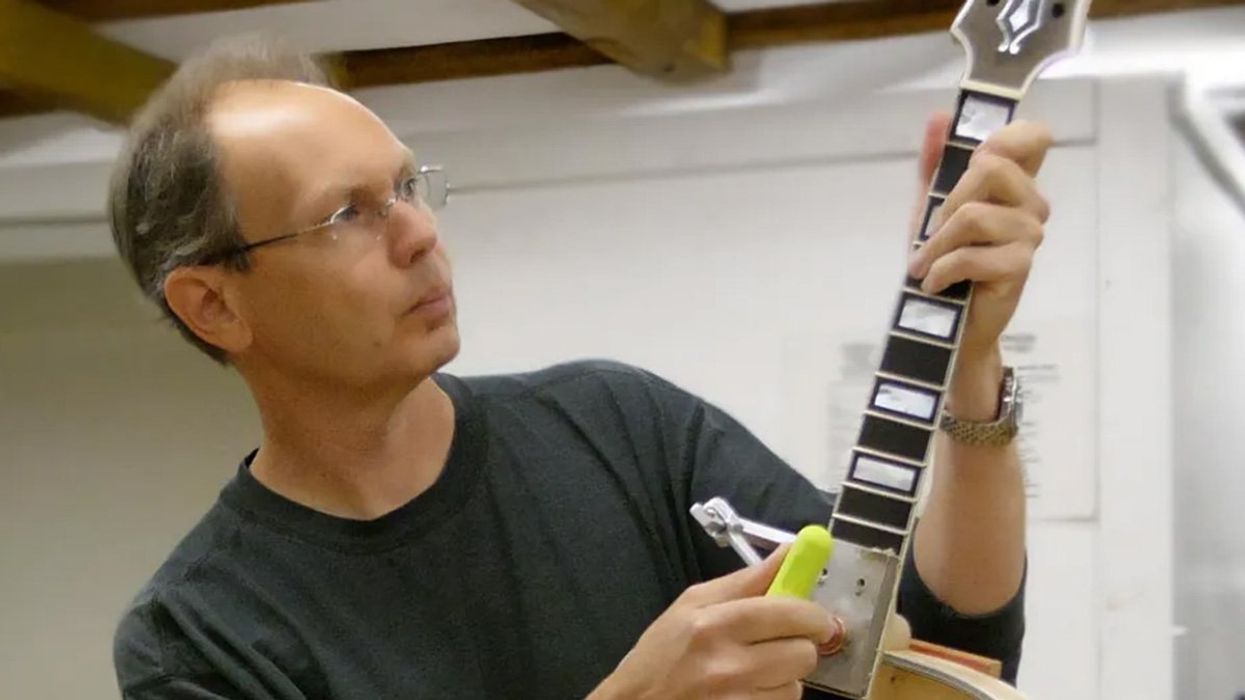California has always been the place of dreams for young Americans: Hollywood, surf music, pop music, psychedelia, hot rods, biker culture, and glam metal. The Golden State’s only real pop-culture competition has traditionally been New York City, and we know that the beaches and forests are better on the Pacific side. Recently, California Governor Gavin Newsom signed an executive order requiring that, starting in 2035, all new passenger cars and light trucks sold in the state must be zero-emissions vehicles. Once again, Cali leads by example, and what once was unthinkable becomes reality. Strangely, this EV revolution reminds me of the emergence of the electric guitar.
The electric was born both out of a technological opportunity and a genuine need. Guitarists in orchestras and big horn-driven bands suffered from a volume deficit compared to the piercing tones of brass instruments. Even in smaller settings, the piano’s booming voice could easily bury the sound of a 6-string. As is traditional now, guitarists just wanted more volume, and electricity was the answer. Long before electric blues or rock, pioneering jazz guitarists like Tiny Grimes and Charlie Christian embraced the new tech. In doing so, they wrote the book on how guitarists could be standout soloists in any surrounding.
I’m old enough to remember thinking an electric guitar was weird, but somehow space-age cool. How did it work? Did you plug it into a wall socket, and it just performed like a table radio? It seems laughable now, but electric guitars were the target of derision from “serious” musicians because they were used in that new-fangled rock ’n’ roll, a decidedly low-brow form of entertainment. Electrics weren’t found in music schools either. Consigned as the vulgar musical cousin of the hot rod and motorbike, this naturally raised its appeal to some. The electric guitar was at the center of the burgeoning rock sound, so volume levels escalated with crowd sizes. But the transition wasn’t always smooth. As bands grappled for more and more decibels, big amp stacks and massive sound systems with power-hungry amps sometimes exceeded the capacity of the venue’s stage outlets. Eventually, the situation was sorted out, and even the smallest clubs put significant wiring upgrades in place. Festivals and tours sported massive piles of speaker cabinets to reach levels that dazzled the crowds.
If back in the day you had told me that I could play a gig with gear that could be stowed in the trunk of a mid-sized SUV, I would have considered you insane.
Later, something counterintuitive happened. Technology intervened again. Sound systems became smaller, lighter, and more efficient. Guitarists could play theaters with a 50-watt half-stack, then a 2x10 combo. Now, a band can play an arena without any amplifiers on stage. What a difference a couple decades can make.
Modern battery-powered portable systems can sound better than the piles of folded-horn cabinets bands used to haul around in a 24-foot box truck. If back in the day you had told me that I could play a gig with gear that could be stowed in the trunk of a mid-sized SUV, I would have considered you insane. But that’s the way the future always is. Some were terrified of the locomotive when it was invented, and otherwise intelligent people swore that humans could not travel faster than 50 miles per hour without dying.
We can have this mindset when it comes to musical instruments. I’ve been the biggest snob about vintage guitars since they were just called “used” gear. But I have to concede that there’s a lot to like about new instruments and modeling amplifiers. I have a digital pedal that is 90 percent of the way to my analog ideal but weighs a tiny fraction of a Leslie 147. When you don’t have the space (or the physical strength) to justify giant piles of gear, you begin to appreciate new technology.
That’s not to say I think that there aren’t trade-offs. Yes, you can stuff 5000 songs into your phone, or stream anything ever recorded, but when you listen to analog recordings on a proper sound system at full chat, it’s a whole other experience. When you stand next to a real rotary speaker you witness something that still hasn’t been bettered, but audiences don’t notice. I used to think that until you stood on a stage and felt the power of two 100-watt stacks, you hadn’t really lived. And so it goes. We move ahead with efficiency and convenience while sacrificing something that can’t always be measured—and we get used to it. As much as I yearn to pull those big amps out of storage and shake the walls, maybe I’ll just roll down the Pacific Coast Highway in an electric car listening to an old recording and enjoy the memory instead.
